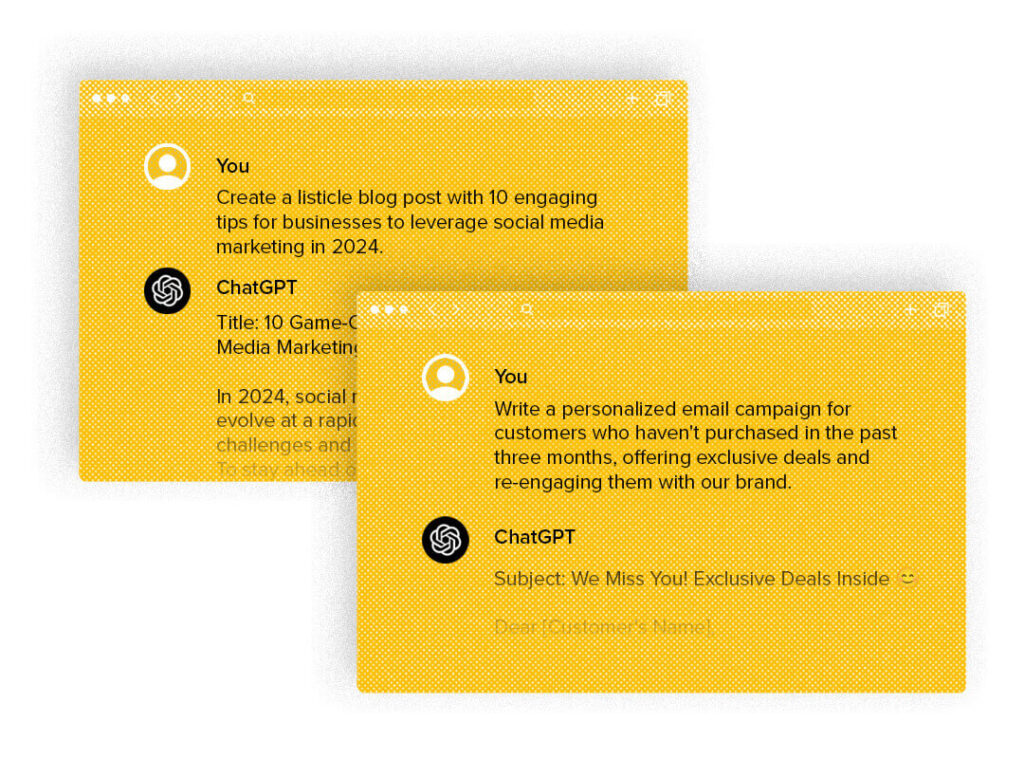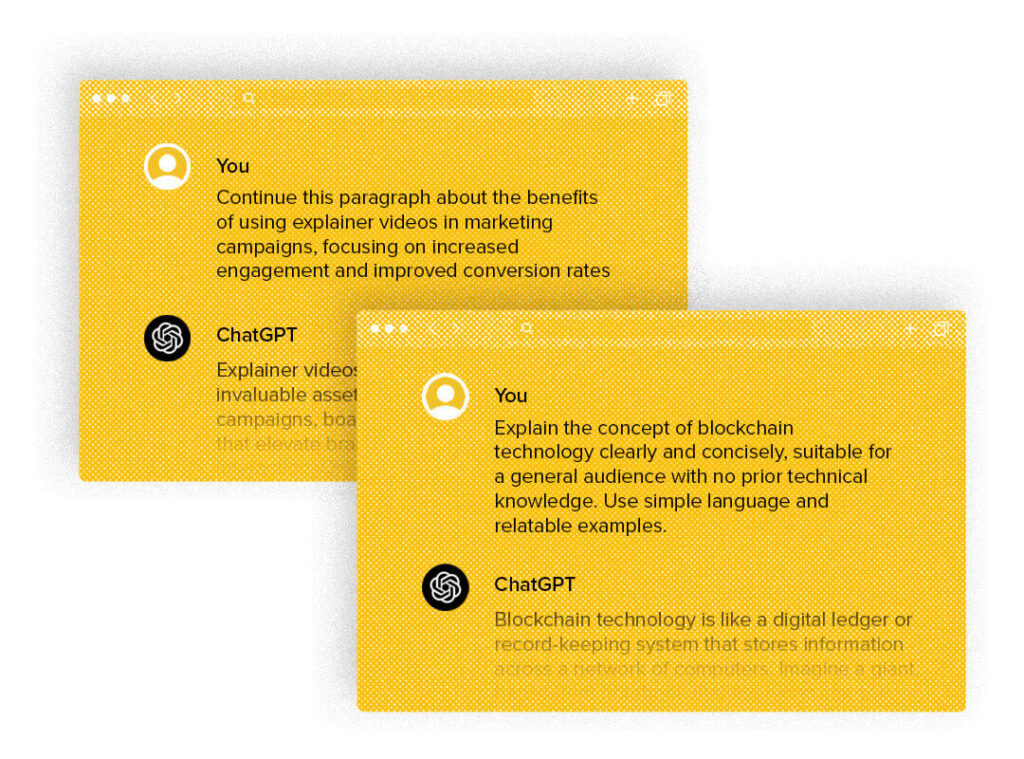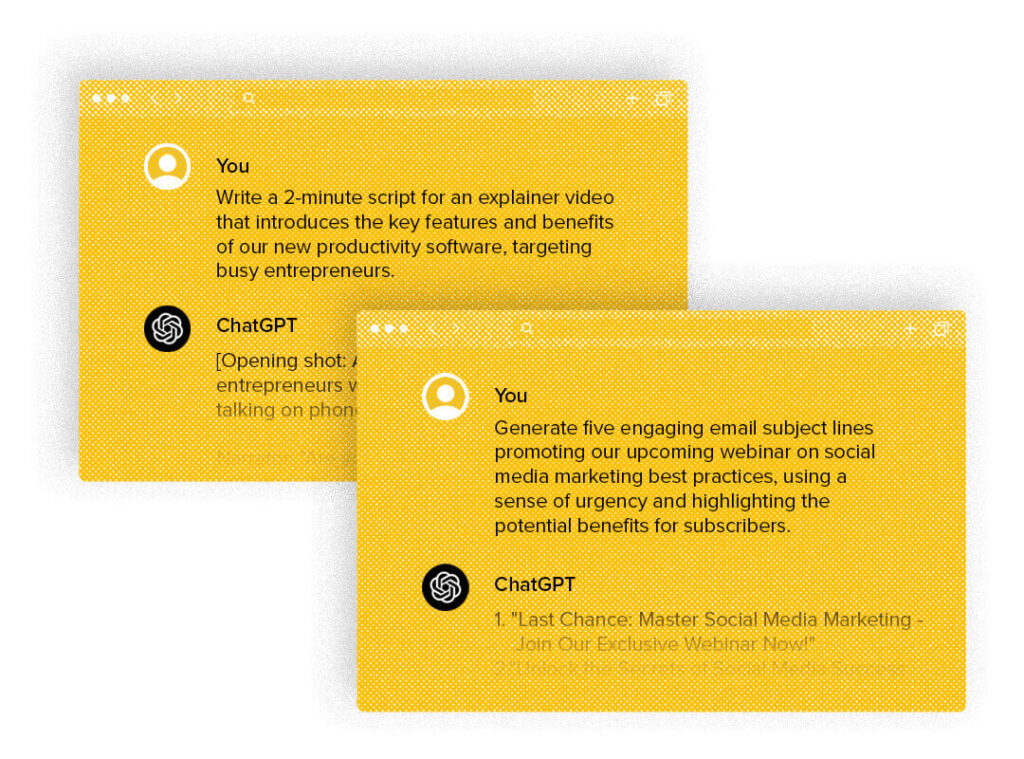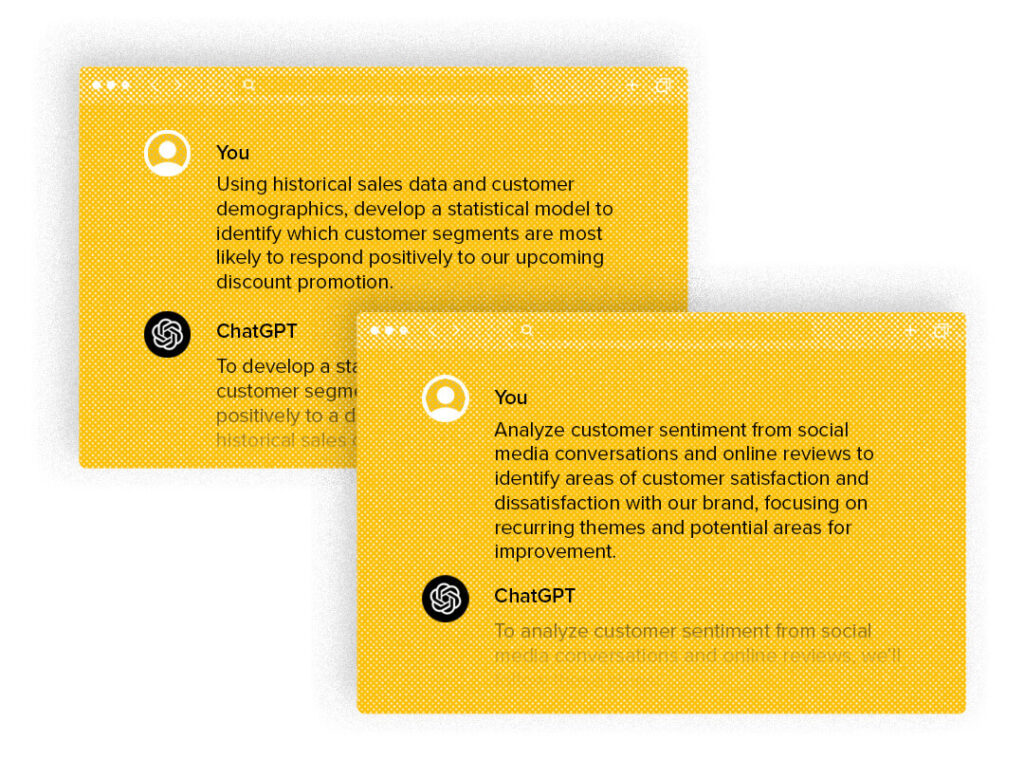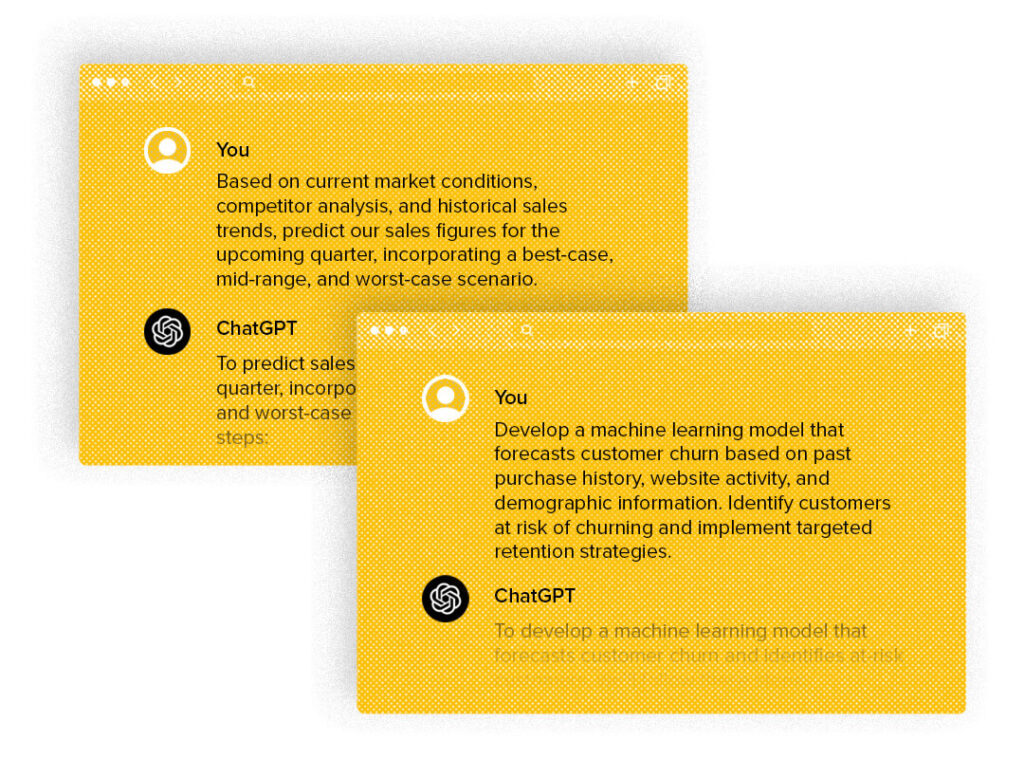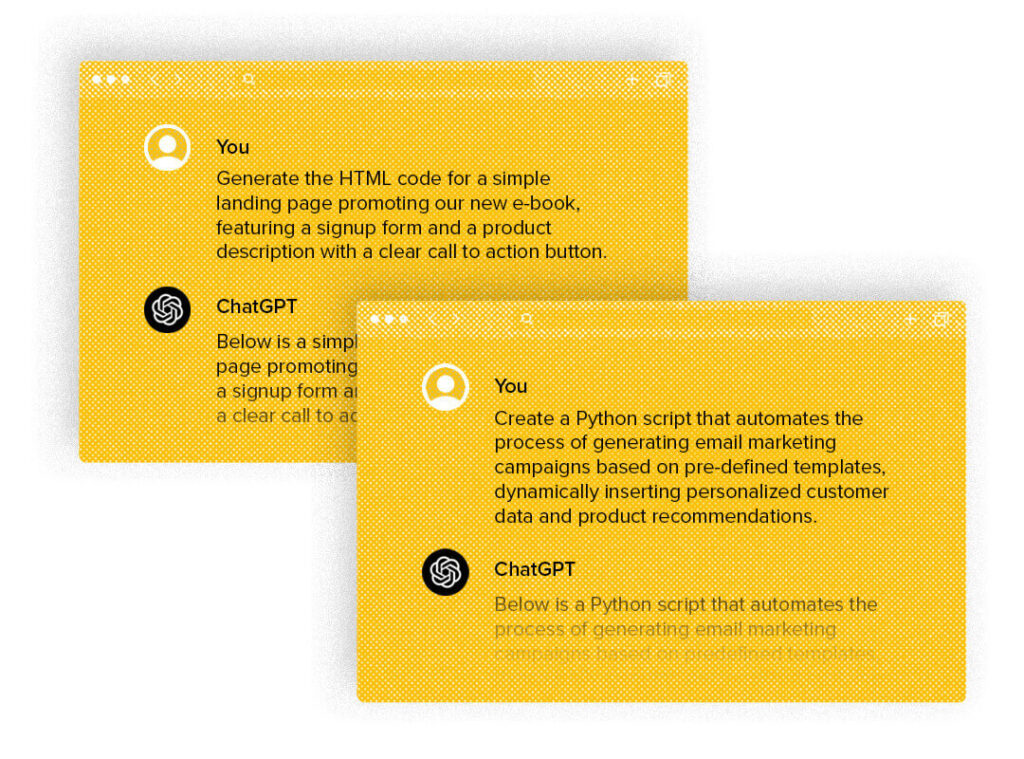Animal welfare, environmental conservation, youth services—your nonprofit is fighting for a great cause! Who wouldn’t want to donate? Unfortunately, with nearly 2 million public charities in the U.S. alone* vying for your donors’ attention (and dollars), those donors have many options, and yours may not be at the top of the list.
While you’re trying to increase total donations, bring in net new donors, and lower your cost per acquisition (all in the name of saving baby gorillas), you’re likely facing challenges with competition, user experience, financial constraints, or accurate reporting that hinder your ability to meet those goals. Let’s explore some digital marketing strategies for nonprofits that can help you overcome these obstacles and protect those gosh darn baby gorillas!
Meaningful moments: Connect with your audience to stand apart from competition
With so many competitors in the market, your donors have to make the tough decision of which nonprofit organizations they want to financially support (civic engagement is great and all, but also, baby gorillas). As such, it’s crucial to resonate with your audience in a way that makes you stand apart from competitors and increase brand awareness. You can do this through:
Knowing your audience: Prospective donors don’t give simply as a function of their demographics; their giving is a reflection of their values. Taking a valuegraphics-based approach to understanding your audience will empower you to position your cause in a way that resonates with the ultimate decision driver: values.
Impactful storytelling: By sharing compelling stories, you can evoke emotion and illustrate the tangible impact of your work, making your mission more relatable and memorable.
Influencers and ambassadors: 69% of consumers trust influencers over information coming directly from a brand. Consider partnering with influencers and ambassadors to amplify your message and leverage their reach and credibility to broaden awareness and build trust.
Community building: Building an online community fosters a sense of belonging and engagement. This strategy is particularly impactful for establishing a base of sustained donor relationships as opposed to singular donations.
Personalized digital experiences: Tailoring digital experiences to individual preferences and behaviors make interactions more relevant and more meaningful. Knowing when to send someone to a landing page for ocean conservation versus, say, baby gorillas, could be the difference between a one-time $20 donation and a sustained monthly donation of my entire paycheck.
Make it easy: Drive action through improved UX
You’ve connected with a potential donor and got them to your website, but now they’re not sure where to go to make a donation. Once they find the donation page, it defaults to a $100 donation, and they can only give $50 but can’t figure out how to change the amount. Fine. They’ve decided to forego Starbucks this month so that they can afford the $100 donation, but now they don’t have a credit card nearby and the mobile payment platform doesn’t take ApplePay. UGH. Your potential donor just left your site and has no intention of coming back. Be sure that you’re providing your website visitors with a great user experience and making it super easy for them to donate. You can do this by incorporating:
User-friendly features: Create or enhance features that simplify the donation process. That might include adding a prominent donate button on the homepage and throughout the site, giving users intuitive ways to change their donation amount and frequency, or providing a variety of payment methods for donors to choose from.
Accessible website design: Ensure you’re creating a welcoming space for all by designing your website and mobile app according to WCAG accessibility standards. Accessible websites and apps remove barriers for a significant portion of the population, allowing you to tap into a wider audience.
CRO strategy: Conversions rate optimization (CRO) strategy is a continual testing and optimization cycle that identifies and addresses friction points on the website in an effort to drive ongoing incremental improvement to conversion performance. Addressing even the most minor pain points on your website will improve user experience and increase your donation rate. In just 3 months, we helped an e-commerce company double its revenue with a strategic CRO campaign.
Embrace efficiency: Invest in tactics with limited waste
If you are a marketer at a nonprofit, you’re likely operating with a limited budget and resources while also striving to make a significant impact. Every penny counts, so it’s crucial to invest in tactics that drive sustainable results with minimal waste. Consider:
Google Grants: Google offers nonprofit organizations up to $10,000 of advertising credits per month. While there are some restrictions, it’s basically free money. Make sure your nonprofit is taking advantage of this great tool.
CRO strategy: We already mentioned it once in this blog, but it’s so powerful, we have to bring it up again. A strong CRO strategy is an insurance policy for your paid media campaigns. If you invest in paid media, you are spending a lot of valuable money driving people to your website, but what if they get to the website and they’re met with a bad experience? They drop from the site before ever making a donation, and given the poor experience, they’re not likely to come back. We call this the “leaky bucket effect,” and it’s something that can be greatly reduced through CRO strategy.
Full-funnel marketing: A lot of nonprofits invest heavily in lower-funnel tactics like paid search, because they can see the direct conversions. But neglecting upper-funnel awareness and consideration tactics chokes your funnel which has major downstream impact as you lose your ability to reach net new donors. Invest in a full-funnel strategy to set yourself up for long-term, sustainable growth.
Data is king: Prioritize analytics to drive growth
Accurate and accessible data can provide meaningful insights, drive strategic decision-making, and enhance the effectiveness of your mission. For many nonprofits that often find themselves wading through more data than they know what to do with, consider honing in on these strategies:
Strengthen your data foundation: A strong data foundation is the cornerstone for any organization that seeks to harness the potential of its data. Not only will this enable better decision-making throughout your organization, if you wish to level-up your marketing game with things like personalization or AI, a strong data foundation is essential.
KPI alignment: Because nonprofits often put such a heavy emphasis on driving donations, there is a tendency to misalign marketing tactics and key performance indicators (KPIs). Bottom-of-funnel tactics, like paid search, are meant to drive conversions (a.k.a. donations), and therefore, conversion rate (CVR) or cost per acquisition (CPA) are appropriate KPIs for paid search. A podcast ad, on the other hand, is an awareness tactic that sits at the top of the funnel. It plays a crucial role in your marketing strategy for reaching net new potential donors, but it’s not likely to drive direct donations (its impact will be felt downstream through those low-funnel tactics). As such, the success of podcast advertising should be measured based on KPIs like reach, frequency, and audio completion rate (ACR).
Data storytelling: You’ve worked so hard to connect with your audience, stand up an efficient marketing strategy, and capture meaningful data. Make sure this isn’t lost on your executive team. Communicate data-driven insights effectively through data storytelling. By transforming complex data sets into a compelling narrative, you avoid unnecessary complexity to prevent misinterpretation, foster engagement, and enable understanding across teams.
Great marketing strategies support even greater missions
A smart marketing strategy can help you overcome many of the common challenges faced by nonprofits, setting you apart from the competition and setting you up for long-term success. Not sure where to start? Tallwave can help. Let’s save some baby gorillas together.










